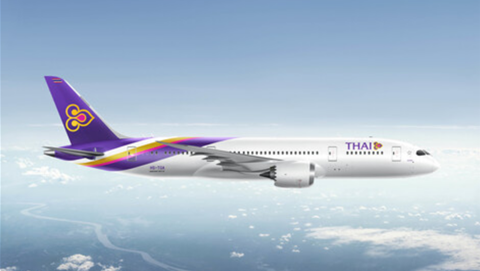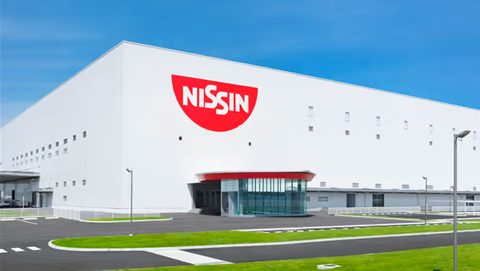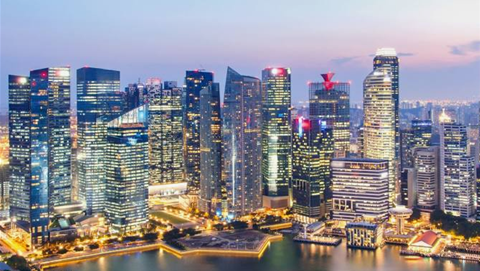Infocomm Media Development Authority of Singapore (IMDA) said the Republic will achieve full 5G standalone maritime coverage over its anchorages, fairways, terminals, and boarding grounds by mid-2025.
The 5G coverage over Singapore’s current port waters would enable the establishment of Singapore’s 5G@SEA, the world’s first public and largest 5G maritime testbed to trial, innovate and commercialise maritime 5G use-cases over the next decade, it added.
Co-funded by IMDA and Maritime and Port Authority of Singapore (MPA), this collaboration and testbed will be a key enabler in supporting Singapore’s maritime ambition to handle 65 million 20-foot equivalent units (TEU) upon the completion of Tuas Port in the 2040s, an IMDA spokesperson said.
Singapore’s 5G@SEA Maritime testbed is a collaboration between IMDA’s 5G Innovation and Ecosystem Development Programme and MPA’s Innovation Lab.
IMDA’s Chief Executive, Lew Chuen Hong, said: “We look forward to being able to be one of the world’s first countries for automated ship movement and remote pilotage”.
Maritime 5G coverage for Singapore’s offshore southern coasts will reduce turnaround time and improve efficiency for ships coming in and out of Singapore, IMDA said.
Under this partnership, local mobile network operator M1 will provide 5G standalone network coverage, the IMDA spokesperson said.
Once developed by mid-2025, Singapore’s 5G@SEA maritime testbed will accelerate MarineTech research, development and facilitate testing of new applications that can improve maritime innovation, job design and transformation and safety, IMDA said.
Initial use case
As a start, initial use cases will focus on remote assisted pilotage advisory (RAPA) for automation, productivity, and human safety.
Currently vessels of 300 Gross Tonnage (GT) and above entering the port of Singapore require an MPA-licensed harbour pilot to physically board the vessel and provide guidance to shipmasters to navigate the vessel safely within Singapore’s waters.
For large vessels, a harbour pilot must be transported by a small harbour craft from the pier to the vessel and proceed to climb a series of vertical ladders to the ship’s deck, IMDA said.
Maritime 5G will enable these pilots to remotely pilot the ship via a shore-based control centre through real-time video imagery providing situational awareness of the vessel.
With this, the pilot would not need to physically board the ship.
RAPA will help to significantly enhance service efficiency, improve resource utilisation and transform the role of a harbour pilot from a physically demanding job to remote operations, greatly enhancing safety.
Autonomous ships
Maritime autonomous surface ships (MASS) are another potential future maritime use case that “will enable companies to develop and test new systems enabling ship-to-ship and ship-to-shore communications, autonomous manoeuvres and remote control of ships”, the IMDA spokesperson said.
Sensors on board MASS are expected to generate a vast amount of critical data for activities such as collision avoidance and docking.
Maritime 5G would be able to provide a secure, high-performance network for the exchange of navigational safety data between MASS and between MASS and shore-based control centres, especially crucial in our congested port waters, IMDA said.
Other Maritime 5G use cases include shore-to-ship delivery, where drones will be able to quickly send critical components to the vessels out at sea instead of ships coming into the berth for urgent inspections and repairs, IMDA said.
For ships with no medical personnel on board, telemedicine via HD video streaming will facilitate the provision of quick diagnosis for the less critical cases, it added.










